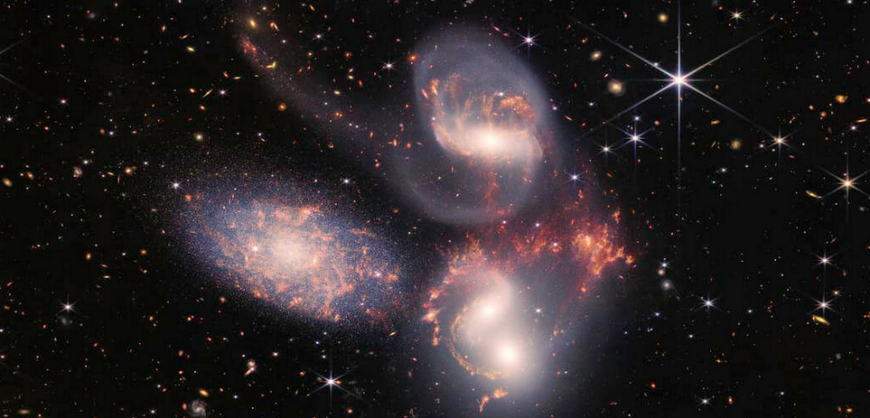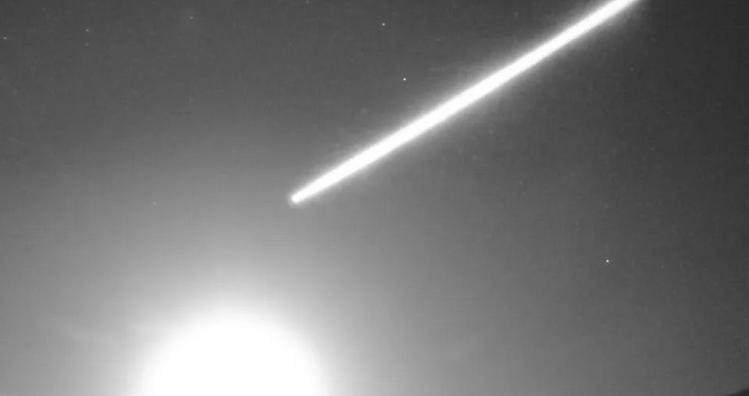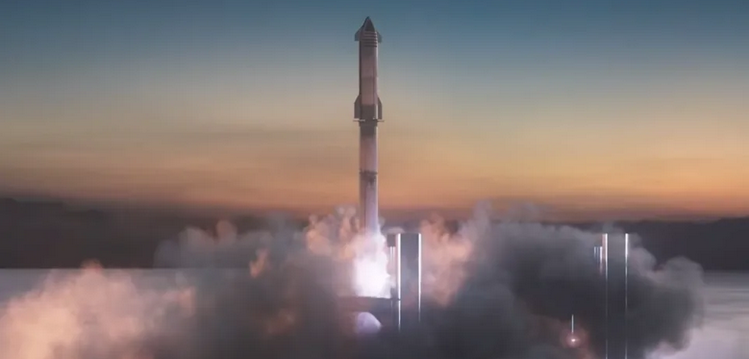One of the most stunning images taken so far by NASA’s powerful James Webb Space Telescope is of Stephan’s Quintet, a group of five galaxies roughly 290 million light-years away. While the first pristine snapshot released last year was jaw-dropping on its own, the Webb team is also teaming up with other telescopes to uncover new insights into the group—including a cataclysmically enormous shockwave caused by an intergalactic collision.
Astronomers using observations from Webb along with the Atacama Large Millimeter/submillimeter Array (ALMA) have discovered a sonic boom several times larger than the Milky Way, caused by colliding galaxies in Stephan’s Quintet. The findings, which were presented at an American Astronomical Society press conference on Jan. 9, revealed insights into gas clouds in Stephan’s Quintet along with the potential formation of a new galaxy.
Former King of Greece Constantine dies at 82
At the heart of the observation is a galaxy dubbed NGC 7318b—which is in a collision course with its sister galaxy NGC 7318a. However, NGC 7318b is also colliding with the rest of Stephan’s Quintet, creating massive disruptions to the surrounding hydrogen gas clouds.
Read more: The Daily Beast







































